Search
Remove Ads
Advertisement
Summary 
Loading AI-generated summary based on World History Encyclopedia articles ...
Search Results
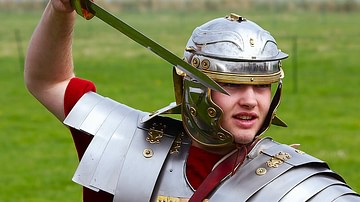
Definition
Gladius Hispaniensis
The gladius Hispaniensis or Spanish sword was first used by tribes in the Iberian peninsula and, following the Punic Wars, became the standard sword of Roman legionaries from the 2nd century BCE as its relatively short and double-edged blade...

Image
Gladius Hispaniensis
The gladius hispaniensis or Spanish short sword which originated in Iberia but was famously adopted by the Roman army. (Re-enactment display of Roman Army Tactics Scarborough Castle, UK)
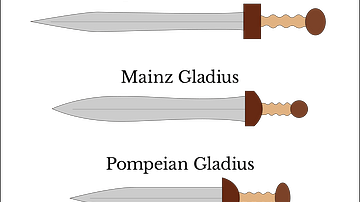
Image
Different Types of Roman Gladius Swords
This image shows the different major types of Roman gladius hispaniensis, the most well-known sword of the Roman army. The image shows the following gladius types:
- Republican Gladius
- Mainz Gladius
- Pompeian Gladius
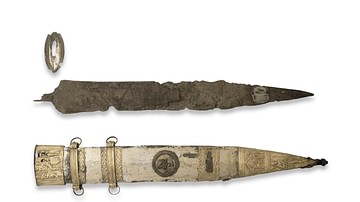
Image
Mainz Gladius
A Roman gladius besides its bronze sheath decorated with tin and gold. Made c. 15 CE and found near Mainz, Germany, from where this style of gladius gets its name. The Mainz gladius was longer and had a more triangular point than the older...
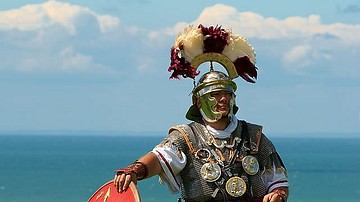
Definition
Centurion
The centurion (centurio in Latin) was an officer in the Roman army whose experience and valour were a crucial factor in maintaining order on the battlefield and ensuring Rome's military successes spanned over centuries. A centurion commanded...

Article
Roman Armor & Weapons
From the days of the hoplites through the creation of the legionary until the fall of the Roman Empire in the west, the Roman army remained a feared opponent, and the Roman legionary's weapons and armor, albeit with minor modifications, remained...
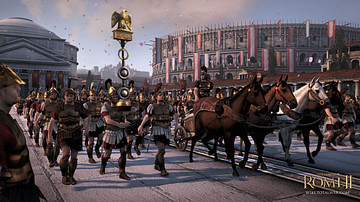
Definition
Roman Army
The Roman army, famed for its discipline, organisation, and innovation in both weapons and tactics, allowed Rome to build and defend a huge empire which for centuries would dominate the Mediterranean world and beyond. Overview The Roman...
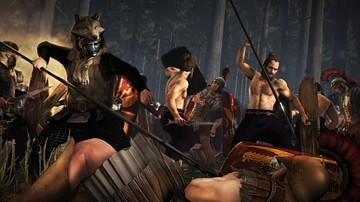
Article
Battle of Teutoburg Forest
At the Battle of Teutoburg Forest (aka Battle of Varus), c. 9 CE, a combined force of Germans annihilated a Roman army consisting of three legions including three squadrons of cavalry and six cohorts of auxiliary troops. As some soldiers...
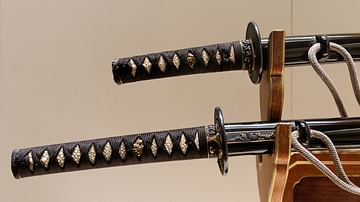
Definition
Samurai Sword
Swords used by Japanese samurai were renowned for the craftsmanship which produced strong yet flexible curved steel blades with a single, super-sharp cutting edge. Produced from the 8th century CE onwards and symbolic of the samurai's elevated...

Article
The Battle of Philippi 42 BCE
The Battle of Philippi in 42 BCE was an all-Roman affair fought between the young Octavian, chosen heir of Julius Caesar, and the mercurial Mark Antony, widely regarded as the greatest living Roman general on the one side against Brutus and...